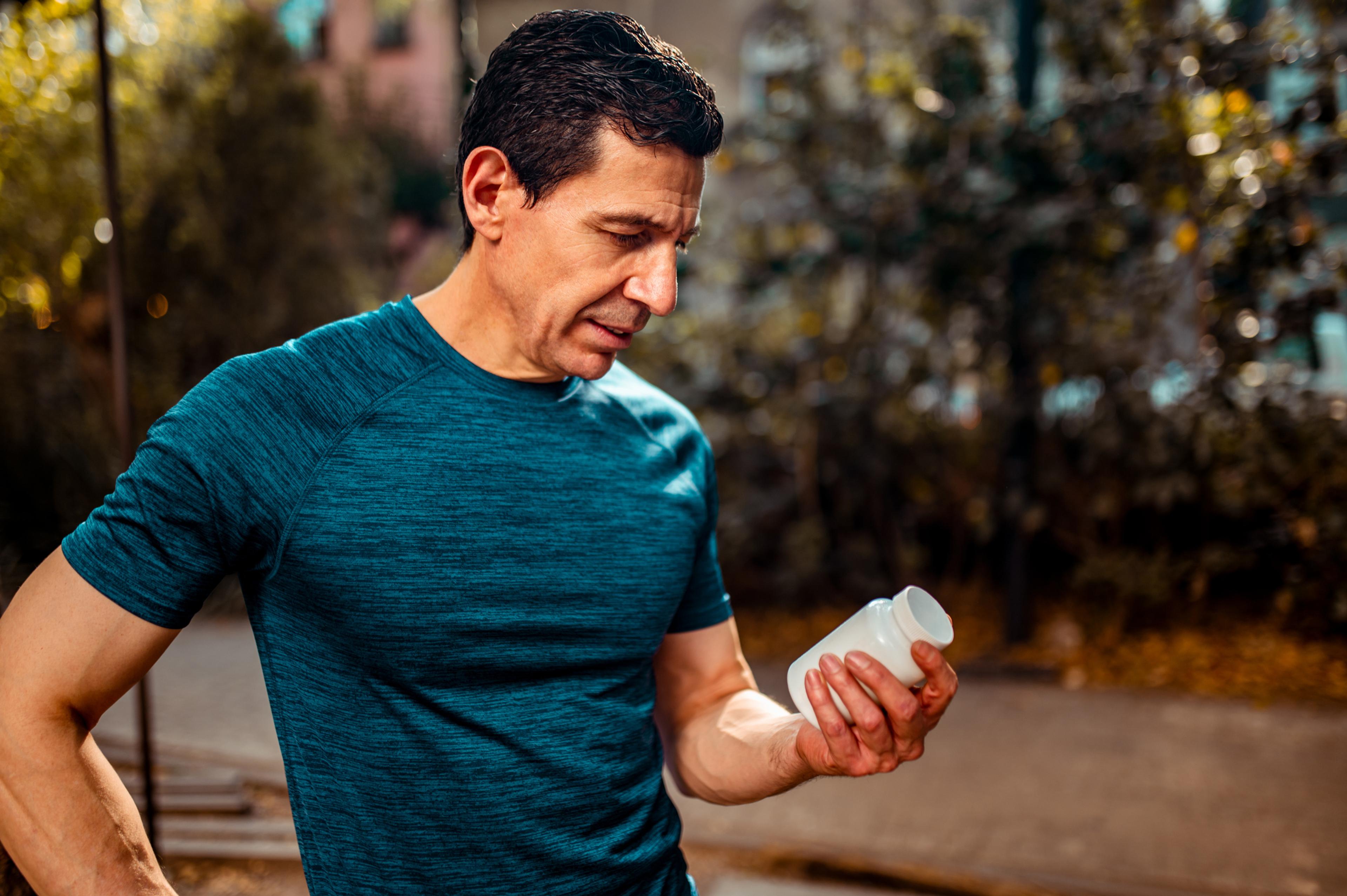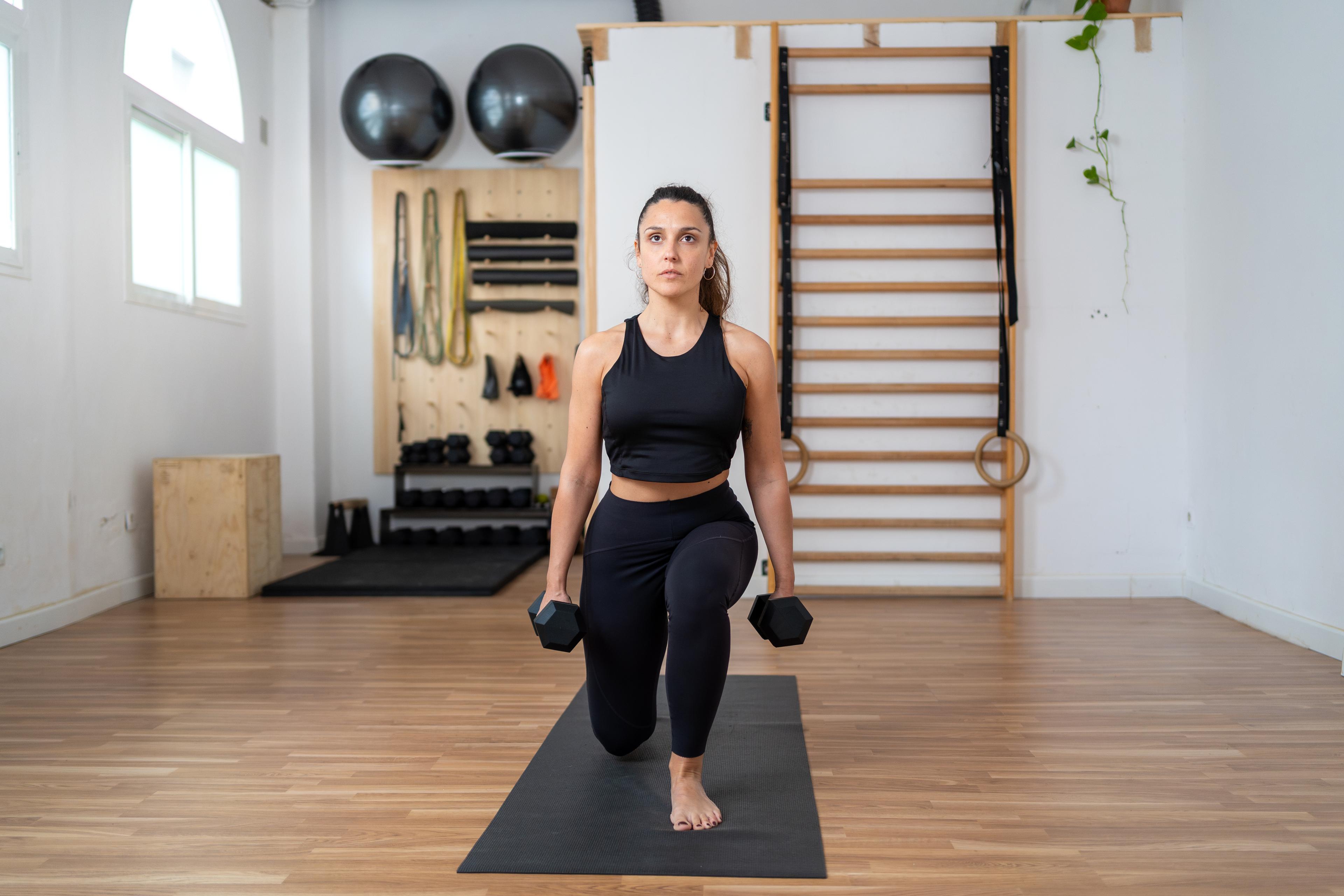Miki is a certified health educator at Blue Care Network of Michigan. She enjoys writing about physical activities and healthy eating habits. Miki graduated from Northern Michigan University with a Bachelor of Science degree, Health Education Specialty. Her certifications include CHES- Certified Health Education Specialist, CMA-Certified Medical Assistant, and CEM- Certified Emergency Manager. Miki enjoys spending time traveling. Her passions include her family; health and helping others accomplish their wellness goals. Miki loves humor and believes it is good for the body, mind and soul. She loves to walk, read, figure skate, ski, boating, and exercise.
The Challenge with New Year’s Weight-Loss Resolutions
3 min read

- The key is in the planning. Plan your meals for lunch and dinner for the week ahead. Make a list so you don’t forget what you need or what you already have before you it the grocery store. Aim to include foods that come from plants, not foods manufactured in plants.
- Rethink your sandwiches. For sandwiches during the week, choose whole wheat bread or wraps. Instead of purchasing deli meats, which are high in preservatives and chemical additives, try cooking a turkey or chicken breast on Sunday. This way, you’ll have a healthier lunch meat option for your sandwiches throughout the week.
- Reduce meat intake. Try to make one of the days of the week a day without eating meat products. “Meatless Mondays” are a chance to try something new like a vegetable soup or chili for lunch, and fish tacos for dinner. Make large pots of various soups and freeze in single portion servings for lunches.
- Prepare grab-and-go snacks. Cut up vegetables and store in large serving bags. We should eat at least 7-8 servings of vegetables and fruits daily. Buy fresh fruit like apples, bananas, and oranges, which are easily portable. String cheese and nuts also pack a lot of protein to keep you going.
- Drink enough water. Try to drink 64 ounces of liquid daily. Water is the best choice. Other options should be sugar-free and caffeine-free.
- Break-up your exercise. We should be getting 30 minutes of exercise daily. This can be divided up into three 10- minute sessions to make it easier to fit into your schedule. Start out slowly and work your way up to 60 minutes over time if you’re just getting started. Fitting exercise into your schedule each day will not only help you lose weight faster, it will help keep it off and make you feel better.










